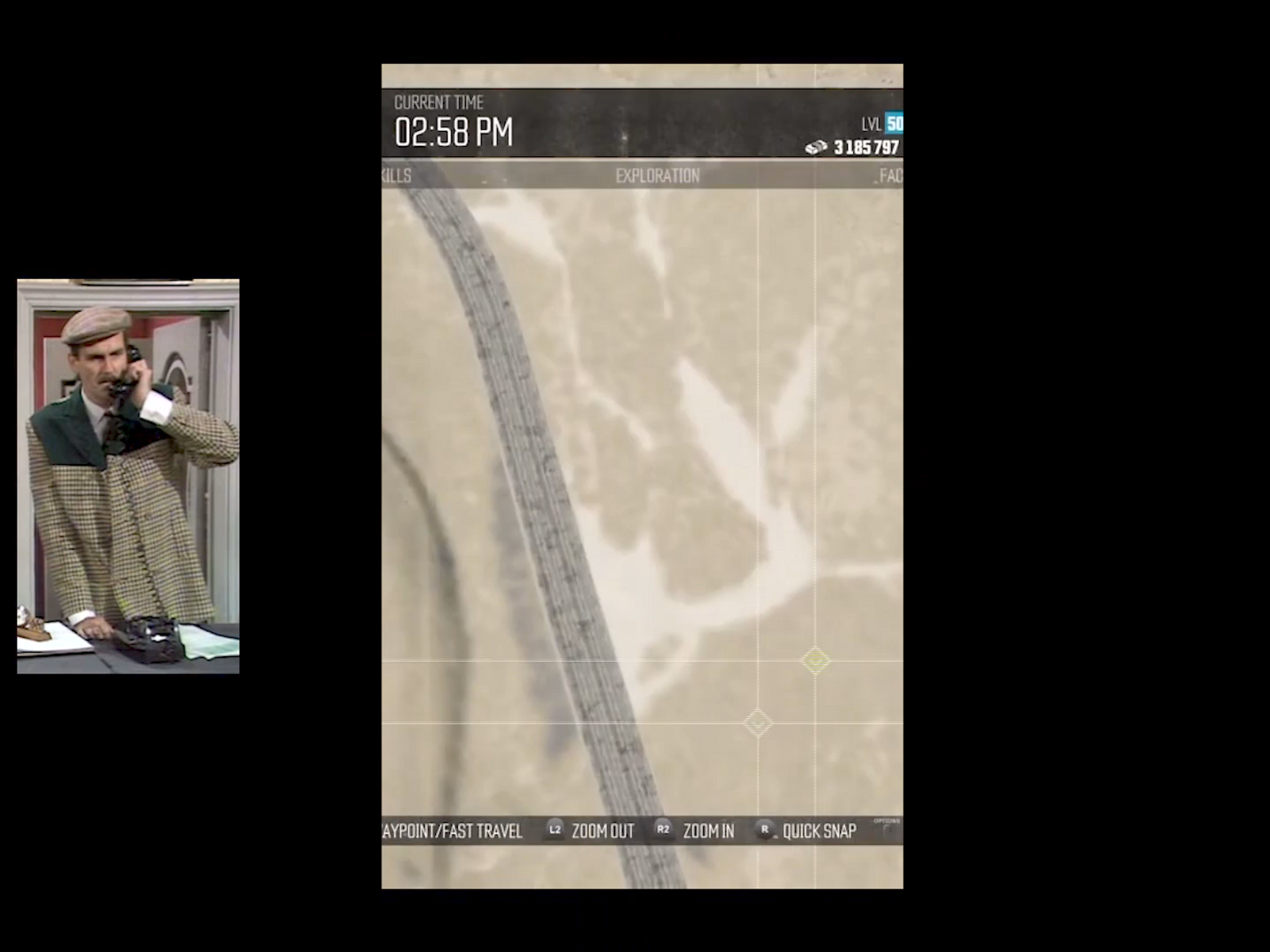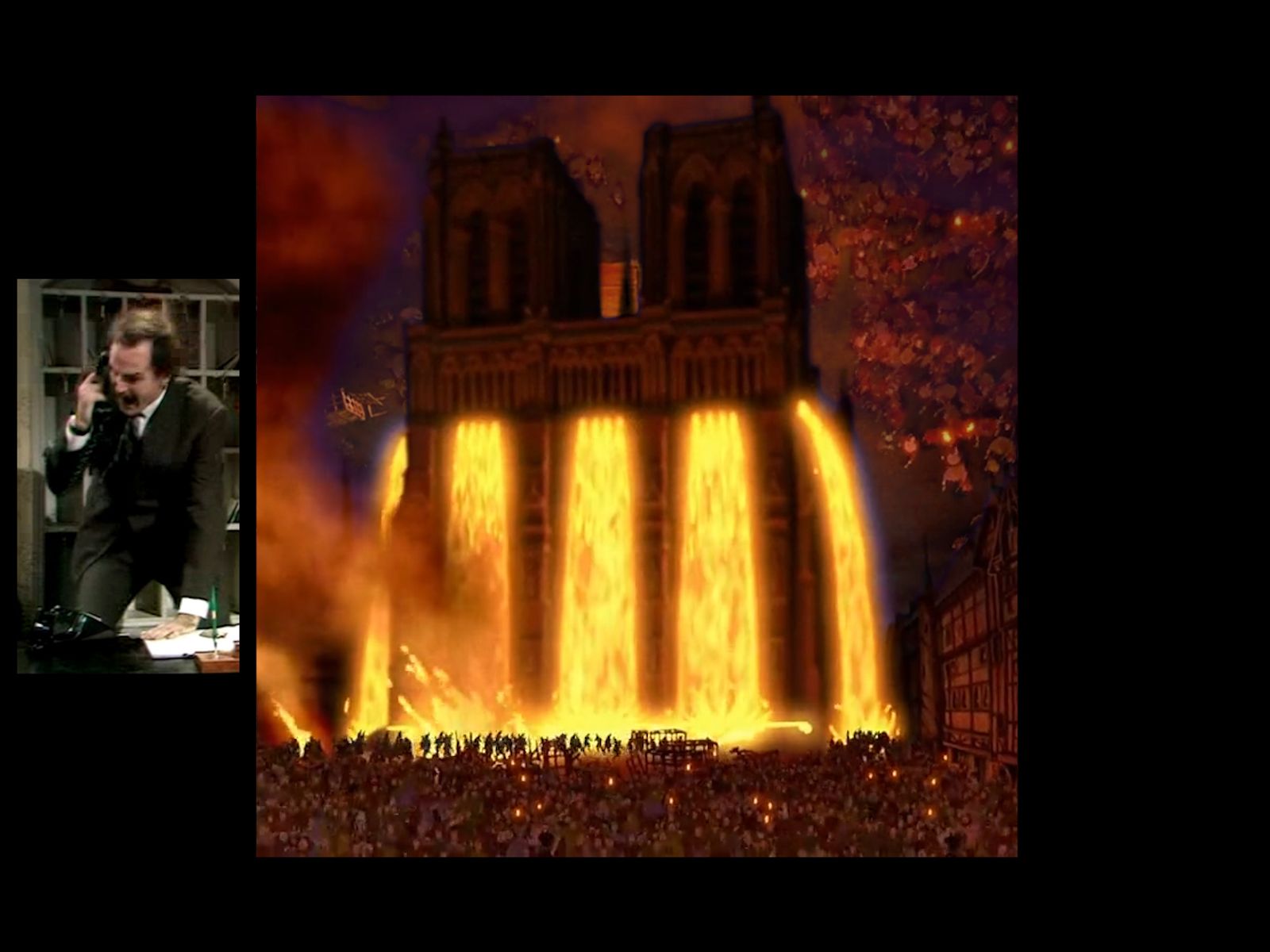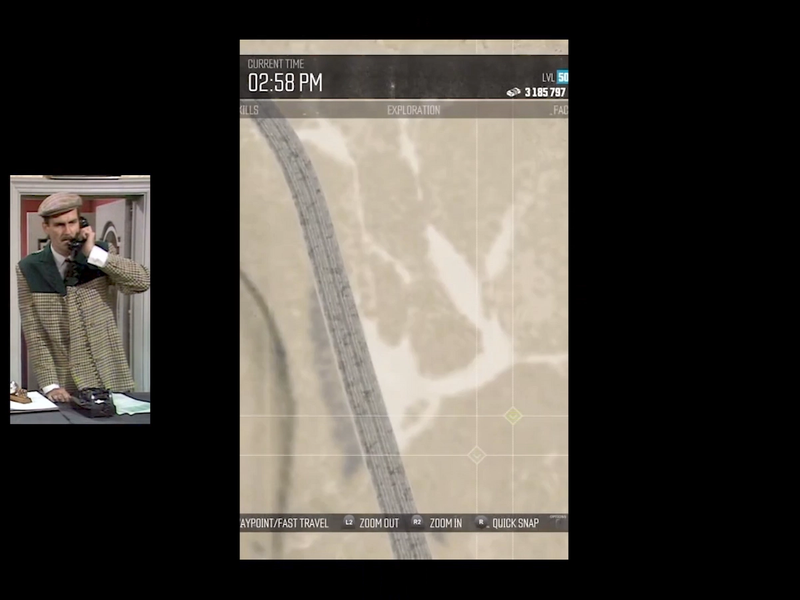Extract from Q&A with Chloe Austin
b. 1998, Madrid, Spain
2016–2019
BA Fine Art and Theatre, Lancaster Institute for the Contemporary Arts (LICA)

Play
Moving image and publication
4 min.

The Ecstasy of Communications, 2019
Moving image
Still image

The Ecstasy of Communications, 2019
Moving image
Still image
